
Mark Bustos

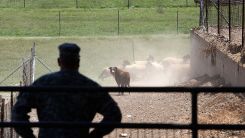
Dog Ejected From Car Went Missing for Days, Was Later Found Herding Sheep

Monkeypox Virus: Viral Zoonotic Disease Found in UK, What is This, How is it Transmitted?
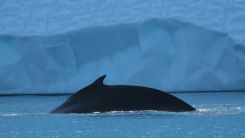
Modern Day Jonas: Man Finds Himself Inside a Whale and Survived, Why is This Possible?

Mystery Bidder Wins Blue Origin's First Space Tourism Flight for $28 Million
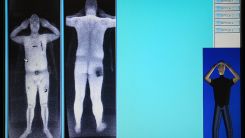
New X-Ray Scanner Instantly Detects an Object's Molecular Composition

AI and Misinformation: How Artificial Intelligence Works on Both Sides
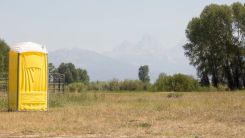
Poop Clues: What Fecal Texture Tells About Your Liver Health
Nanoparticles in New Filter Membrane Material Shows Promise in Deactivating Viruses

FDA Approves Diabetes Drug as New Weight Loss Treatment
High Performance Computing Could Help Scale Up Graphene Production
Hexagonal Boron Nitride Dubbed the Toughest 2D Materials, Here's Why
Sagittarius A* Might Not Be a Black Hole After All, Hints Toward Dark Matter Mass
Nanocapsules on Blood Clot Drugs Reduce Side Effects, Increase Efficacy
Nanoelectronics, Semiconductors Benefit from Newly-Developed Electromigration Solution
"Game-Changing" Nanomaterials Are Both Generators and Sensors; Here's How They Work
EMU Project Takes Step Forward with First ASKAP Datasets
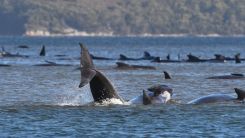
Whales and Fishes Absorb Greenhouse Gases, Reduce Atmosphere Emissions

Friction-Powered Clothing Can Give Self-Sufficient Energy for Wearables

Beer Waste Plus Manure Makes Safer, Greener Pesticides

Global Warming Leads to "Watershed" 1.5°C Increase, UN Weather Arm Warns

Hubble Space Telescope Captures Spiral Galaxy NGC 691 in Stunning Detail

Dead Bald Eagle With Talons Clutching Decomposing Deer's Head Found, Experts Baffled What Caused Their Death
“Find Starlink” Portal Lets You Locate SpaceX Satellites in the Sky: Here’s How to Use the Fan-Made Website

Alzheimer Treatment Breakthrough: Blood Oxygen Levels’ Link to Memory Loss Helps Study to Prevent Syndrome

Ice Formation on Graphene Shows the Need for Heat
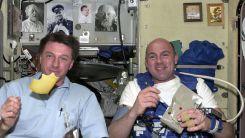
Microgravity Refrigerator Could Store Food for Astronauts in the Future

Virus Potentially Fatal to Humans Found in 3 Dead Birds for the First Time in Sacramento County
Ancient Plant Fossils Help Explain the Rise of Flowering Plants
Gold Standard Compound Possible Alternative for Thermoelectric Devices, Helps Reduce Waste Heat
Most Popular

Starlink Satellite Explodes in Orbit; SpaceX Confirms It'll Re-Enter Earth

Aurora Phenomenon: How Geomagnetic Storms and Space Weather Are Lighting Up the World

Ocean Warming Explained: Why Climate Science Shows Sea Temperature Rise Is Speeding Up

What Causes Monsoons? How Seasonal Winds Shifts and Climate Patterns Drive Rainfall




